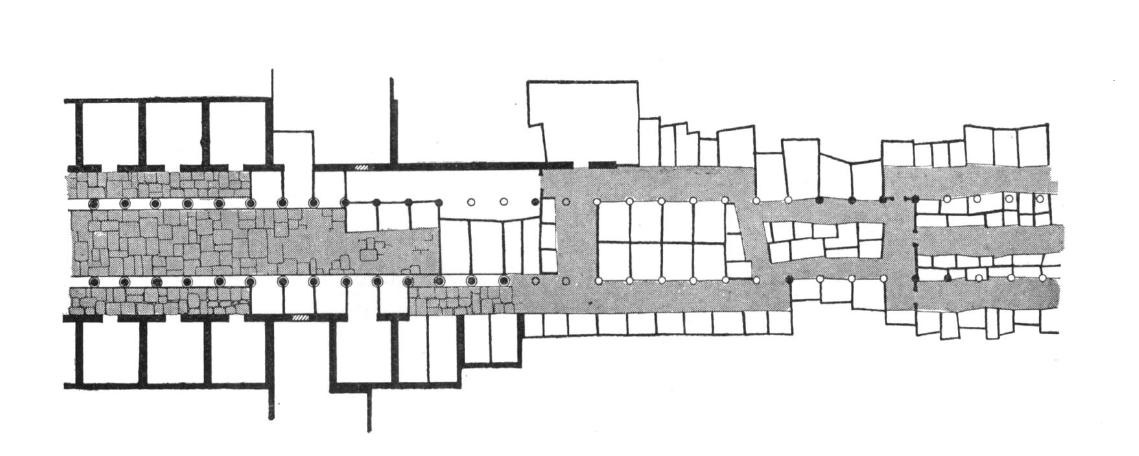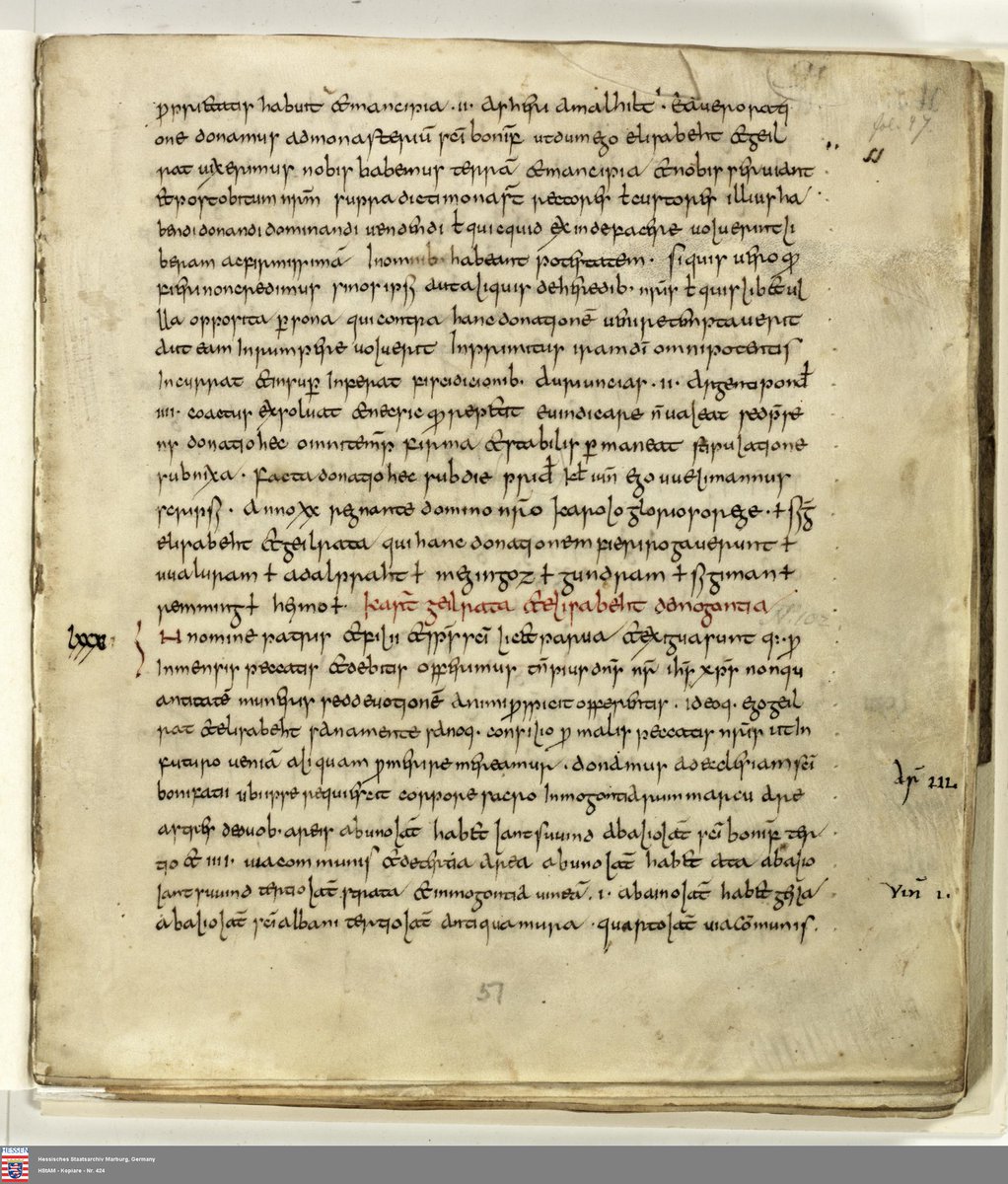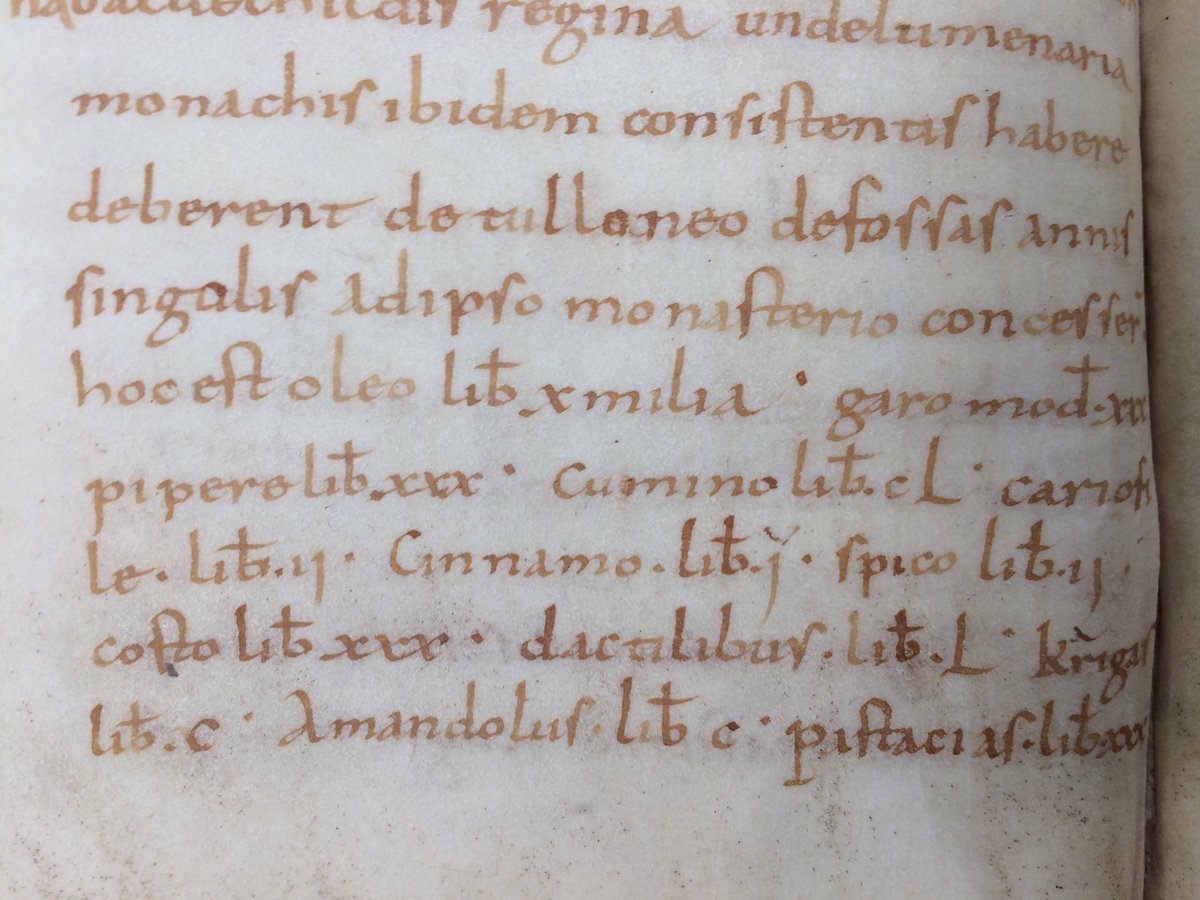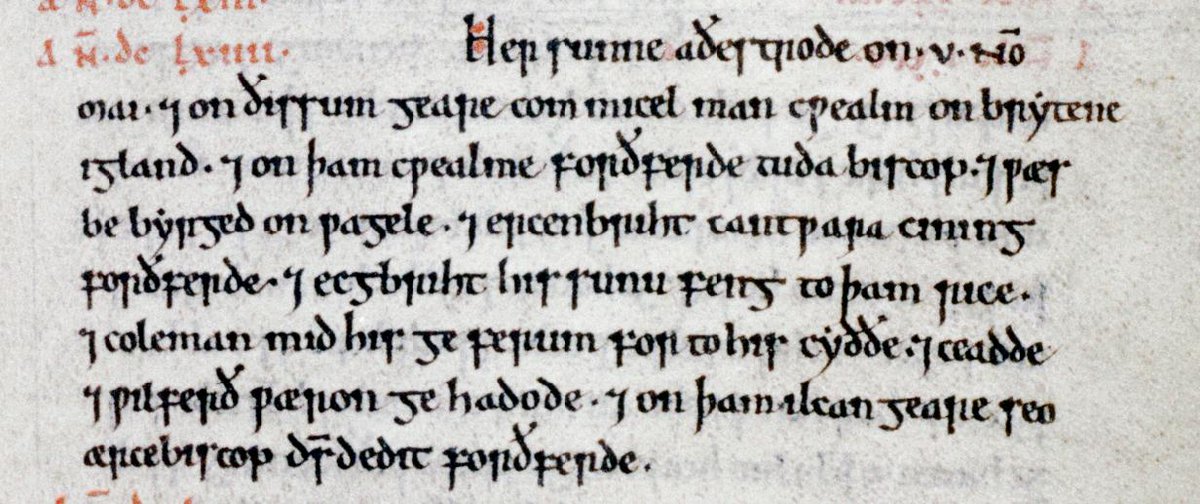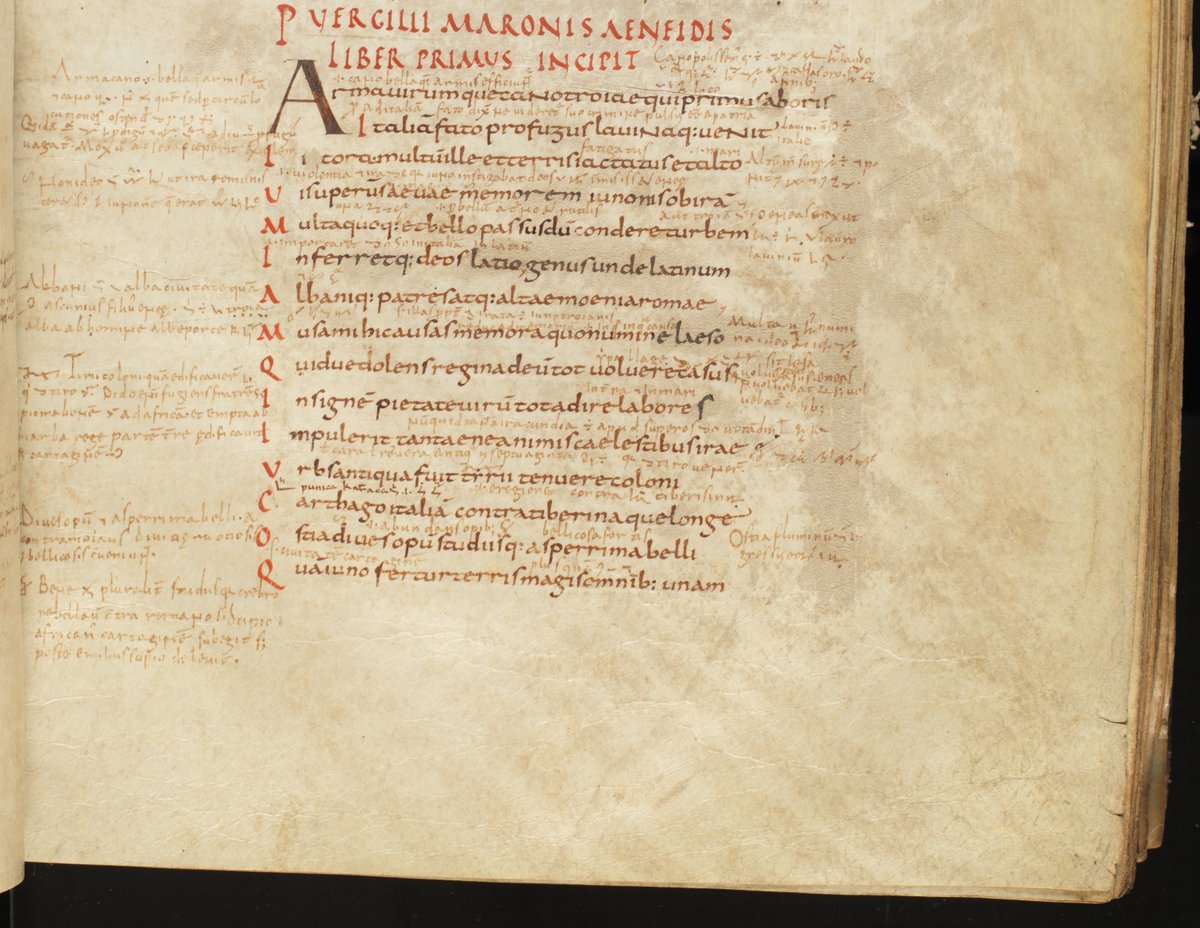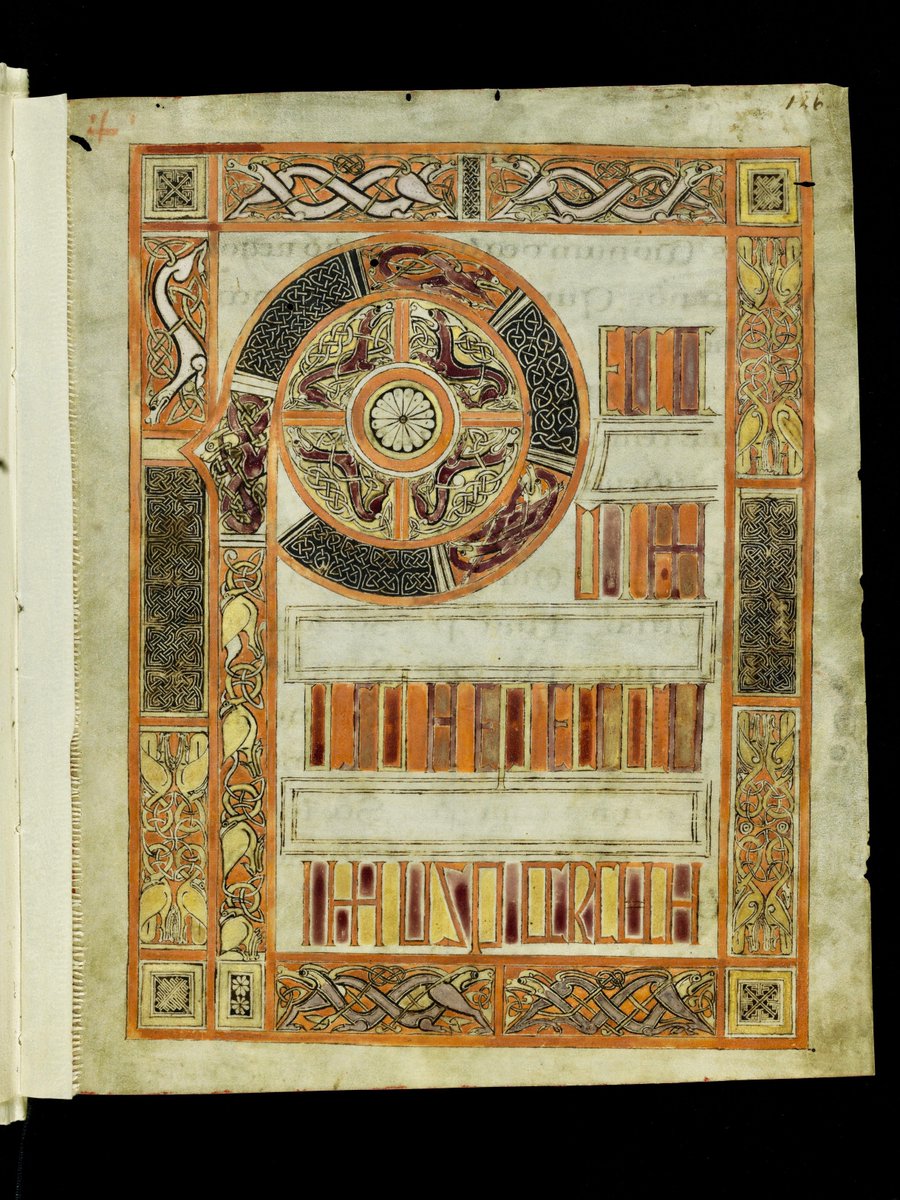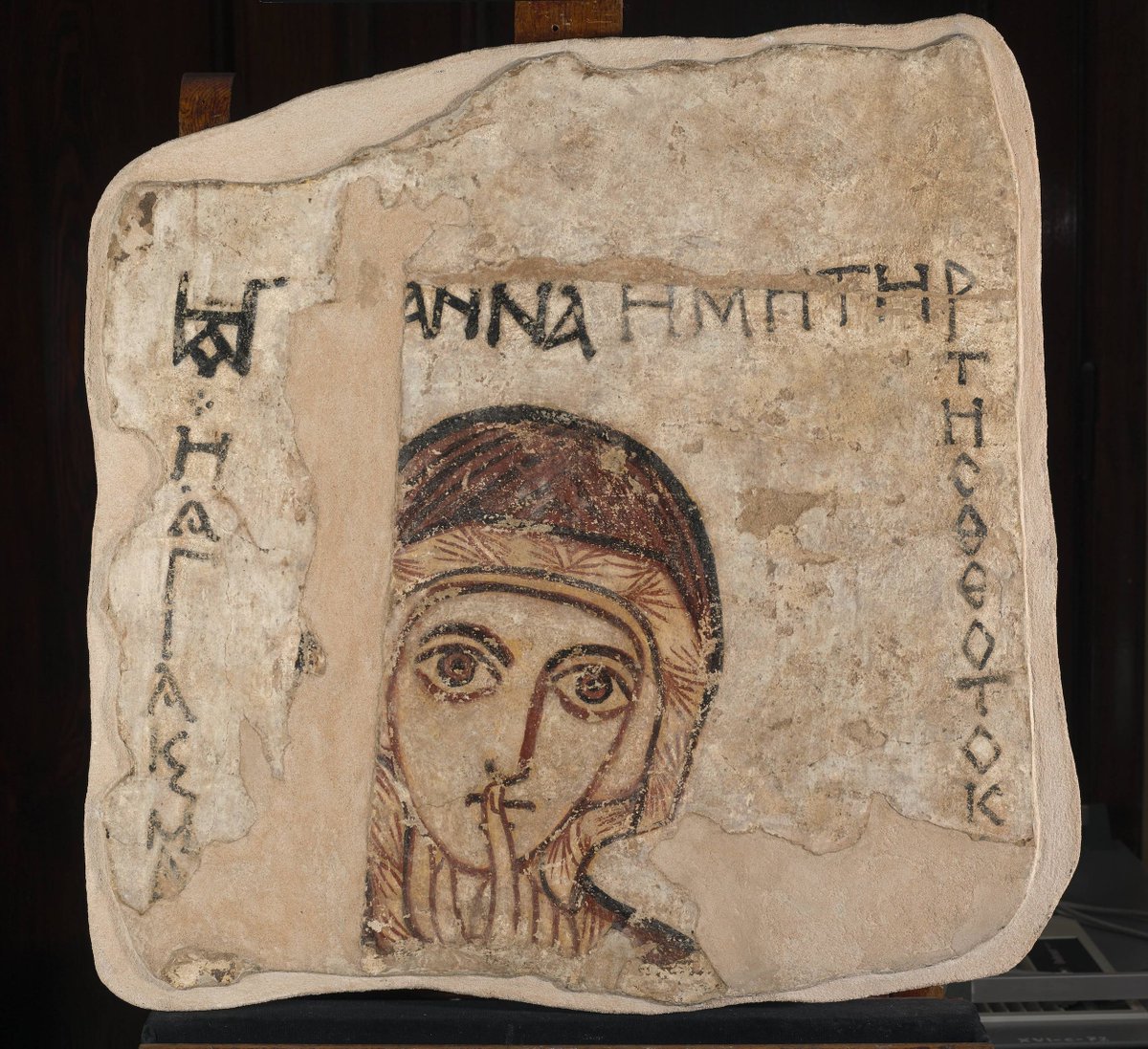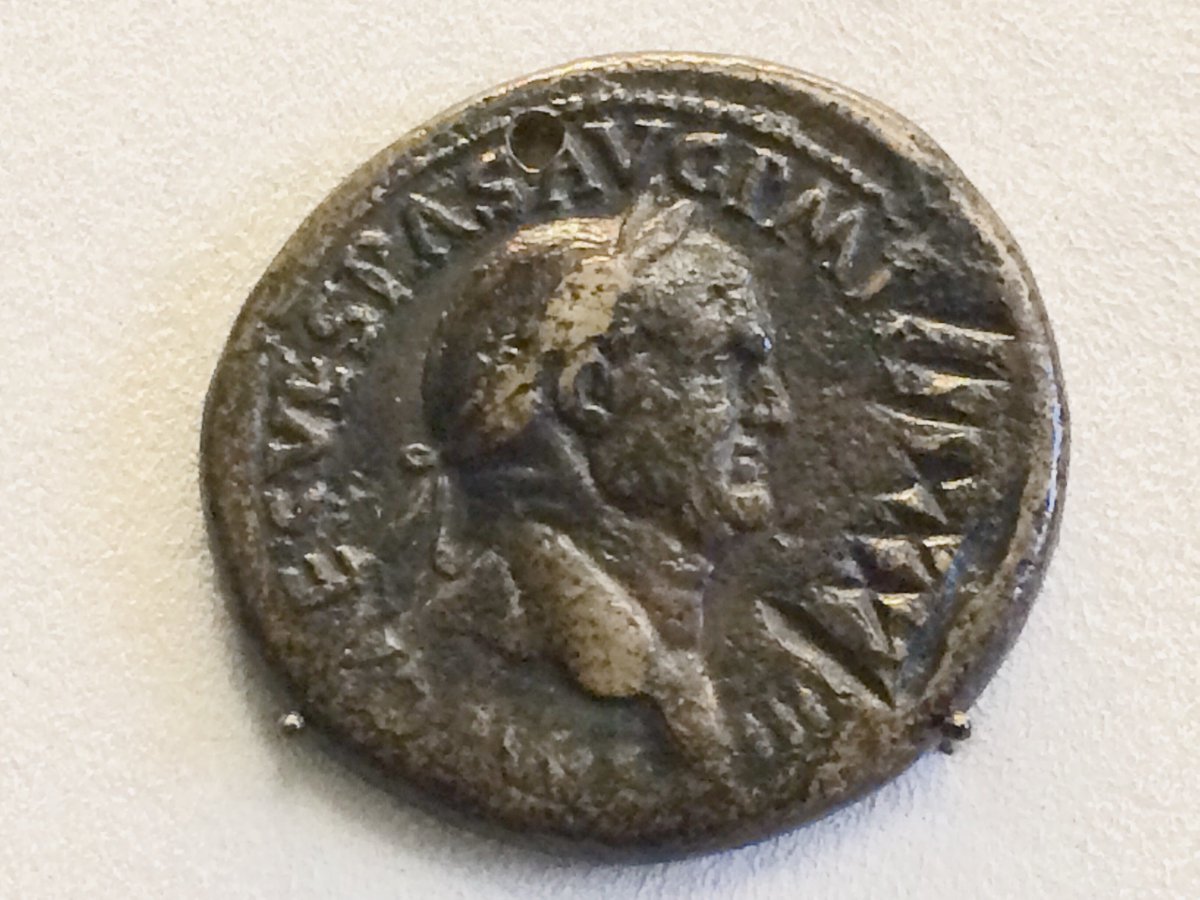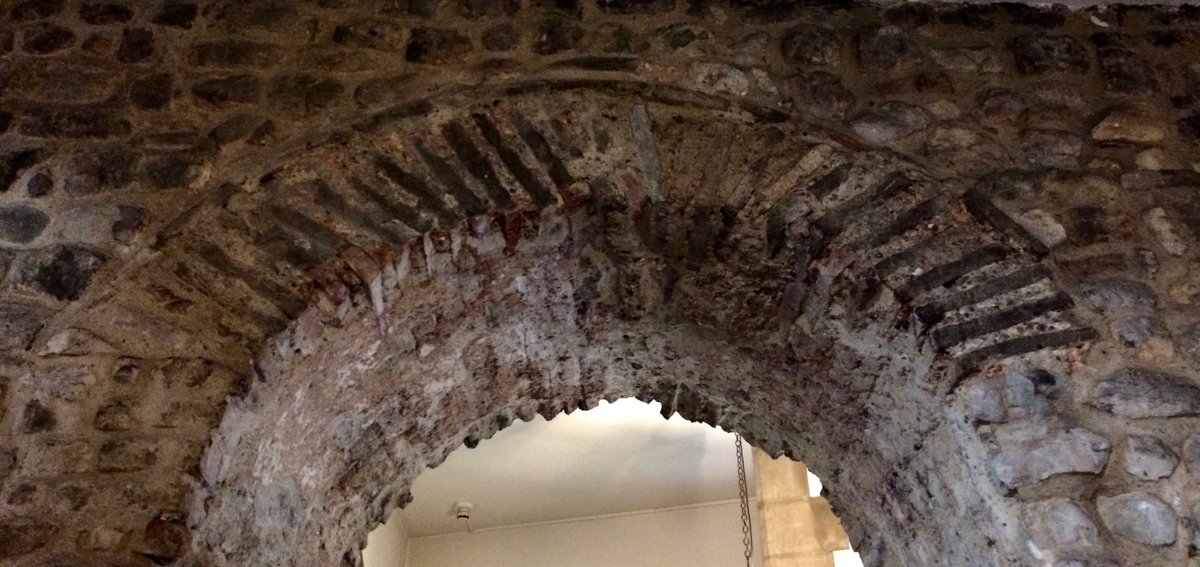Why not “dark ages”? Why Late Antiquity and the Early Middle Ages matter? This is an experiment trying to argue for it in 10 tweets (w/footnotes). It is subjective, but hopefully balanced. Not meant to replace, but to inspire other (twitter) takes on the subject. A thread. (a) 1/
Change. Big transformations took place between 300-900. But those changes in many cases had their roots firmly in the late Roman world; often took generations and were an exercise in adaptation. Like this model of how could a Roman colonnaded street change into Arab suq (b). 2/
The Little Worlds. The disappearance of imperial bureaucracy brought the small worlds to the fore. Maintained, administered, cared for. They aren& #39;t “dark” to us. Like the one in a charter from June 779 by sisters Geilrat and Elisabeth granting vineyards and houses in Mainz (c) 3/
The Big World. It was not a completely disconnected world. A privilege of Chilperic II from 716 gave the abbey Corbie the right to import pepper, cumin, cloves, cinnamon and nard through the Mediterranean port of Fos. They could come from as far as Indonesia, indirectly. (d) 4/
Crisis and Death. Just as in the Roman times so in the EMA there were crises, wars and epidemics. Some of those were recorded, like this pestilence noted for 664 in the Peterborough MS of the Anglo-Saxon Chronicle. Not all of those records are straightforward though. (e) 5/
Words. For a “dark age” it produced a remarkable amount of written (and, let us not forget, unwritten) texts. Works of antiquity were also cherished and commented on, we would not have them now otherwise. Like this heavily glossed and commented on 9th C. Vergil (f) 6/
Light. In those “dark ages” stunning illuminations were made. The way people interacted with them was not only through gaze but also through contemplation. There was a philosophical depth to it. Like this 7th. C. insular page, they also combine influences on a global scale (g) 7/
Faith. It was a time driven by religion and by faith (for they can be different things). But so were other periods. And just as well the LA and EMA produced breath taking works driven by that motivation. Like this tiny fresco of St Anna of Faras from the end of the 8th C. (h) 8/
Making Do. In times of transformation you need to make do. This coin of Vespasian was re-cut possibly in late 5th or early 6th C. in Ostrogothic Italy or Vandal Africa with a new value of 83 nummi. It is much more productive to judge this epoch by its ability to adapt. (i) 9/
Re-Use. The period between 300 and 900 was far from uniform but it was not “dark”. The past was sometimes transformed and re-used: like in this 7th C. arch in All Hallows Church in London made partly from Roman tiles - but an age of its own was created. 10 and fin/
Footnotes (I)
(a) The Milton Brooch, Victoria and Albert Museum M.109-1939
(b) Sauvaget 1934 https://bit.ly/32fbNj9 ;">https://bit.ly/32fbNj9&q... Kennedy 1985 https://bit.ly/2FZCbEa ;
(c)">https://bit.ly/2FZCbEa&q... Marburg Hessisches Staatsarchiv Cop. 424
(d) Berlin MS Phillips 1779
(a) The Milton Brooch, Victoria and Albert Museum M.109-1939
(b) Sauvaget 1934 https://bit.ly/32fbNj9 ;">https://bit.ly/32fbNj9&q... Kennedy 1985 https://bit.ly/2FZCbEa ;
(c)">https://bit.ly/2FZCbEa&q... Marburg Hessisches Staatsarchiv Cop. 424
(d) Berlin MS Phillips 1779
Footnotes (II)
(e) Bodleian MS. Laud Misc. 636 https://bit.ly/2xAIucR
(f)">https://bit.ly/2xAIucR&q... Bern Burger. Cod. 165 https://bit.ly/2XANCbw
(g)">https://bit.ly/2XANCbw&q... St Gallen, Stiftsbib. Cod. Sang. 1395 https://bit.ly/2Xyix8j
(h)">https://bit.ly/2Xyix8j&q... MN Warsaw https://bit.ly/2G0YtWj
(i)">https://bit.ly/2G0YtWj&q... Bode Museum; Morrison 1983 https://bit.ly/2XAMnJo ">https://bit.ly/2XAMnJo&q...
(e) Bodleian MS. Laud Misc. 636 https://bit.ly/2xAIucR
(f)">https://bit.ly/2xAIucR&q... Bern Burger. Cod. 165 https://bit.ly/2XANCbw
(g)">https://bit.ly/2XANCbw&q... St Gallen, Stiftsbib. Cod. Sang. 1395 https://bit.ly/2Xyix8j
(h)">https://bit.ly/2Xyix8j&q... MN Warsaw https://bit.ly/2G0YtWj
(i)">https://bit.ly/2G0YtWj&q... Bode Museum; Morrison 1983 https://bit.ly/2XAMnJo ">https://bit.ly/2XAMnJo&q...

 Read on Twitter
Read on Twitter
